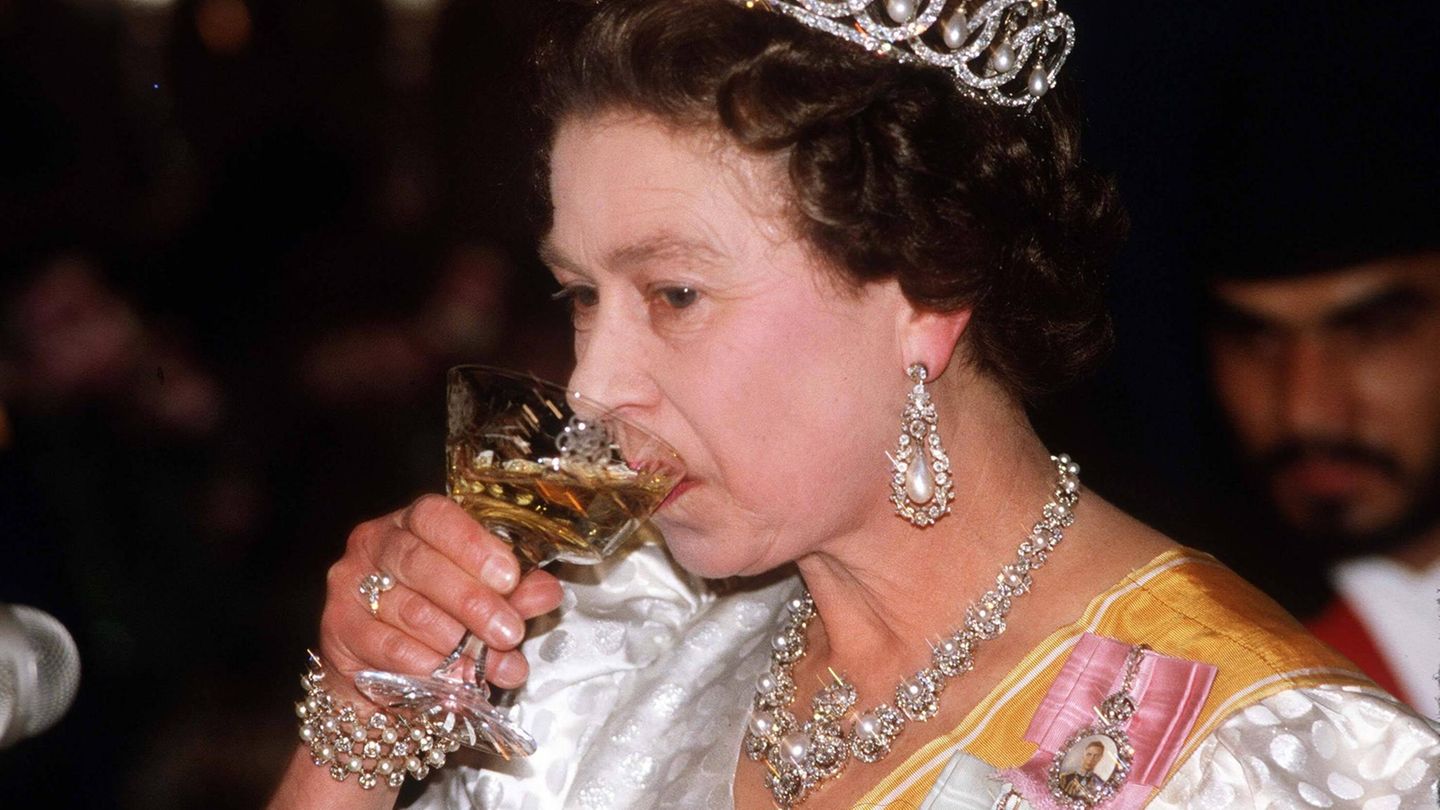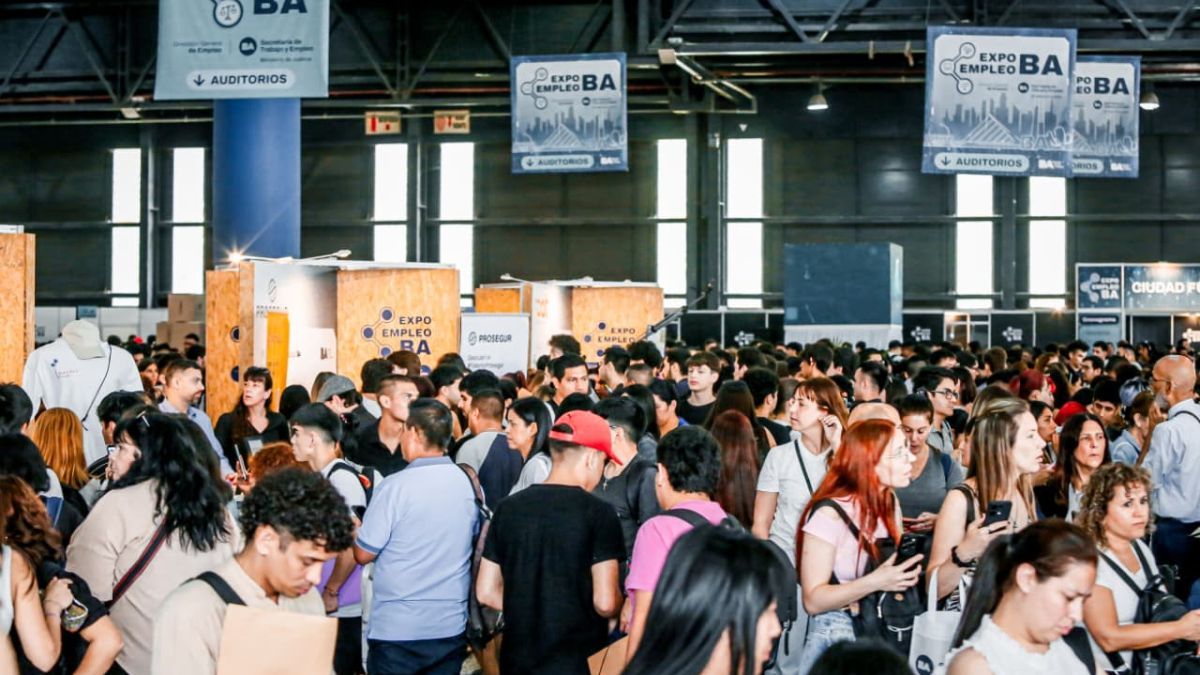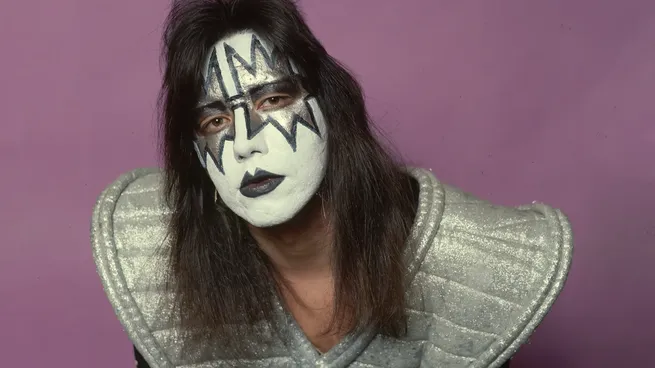New Year’s Eve drink
The Drink of Kings: Why Royals Love Champagne
Copy the current link
It is said that champagne is the only drink that suits every occasion, whether it’s to celebrate New Year’s Eve or to drown your sorrows in it. The Royals are also big fans.
According to legend, it was the Benedictine monk Dom Pérignon in the late 17th century who first specifically produced sparkling wine. The spirit, now known as a luxury drink, was “invented” around 1660 almost by accident: Apparently, a Marquis de Saint-Evremond had white wines from Champagne sent into exile in England because there were no good local wines there. During transport, due to the high temperatures and movement of the barrels on the ship, a spontaneous second fermentation often began in the wine barrels, and then when the liquid arrived at the bottling stage, it bubbled up into the waiting bottles – much to the surprise and soon also to the delight of the aristocratic circles on the island.
Until then, high-ranking wine lovers all over Europe had preferred “still” wines from Champagne, one of the most popular locations for growing wine because of its special soil conditions. If fermented grape juice with bubbles was present during production, this was considered a defect and the affected barrels were thrown away.
The English were the first to take a liking to the effervescent feeling on the palate; they preferred to buy the sparkling “rejects”. This gave the Champagne cellar masters a new business idea. Bottling these “unfinished” wines directly after pressing into particularly thick-walled bottles became fashionable. The elites all over Europe soon recognized the special pleasure that this sparkling luxury drink had to offer, which not only captivated the senses, but also always had a touch of luxury and decadence due to its limited production quantities and the associated high price.
Champagne: The drink of power and royals
Champagne soon found its permanent place on the tables at the courts of Europe. Sun King Louis The royal residence of Versailles was famous for its luxurious banquets, where sparkling wine was considered an indispensable ingredient.
Princess Kate is back: her fateful year in pictures
2024 started turbulently for Princess Kate. In January, the wife of heir to the throne William had to undergo planned abdominal surgery. The palace said at the time that recovery would continue. It was said that she would withdraw for three months. And although the palace announced that the popular princess would not appear in public, her absence sparked conspiracy theories. The rumors were fueled by Kate herself, of all people, when the palace posted a photoshopped family photo of the princess. It shows Kate with her three children Louis, George and Charlotte
© Spotlight Royal / Imago Images
Back
Further
Later, in the 19th century, Imperial Russia was one of the main buyers of champagne. There, at that time, they preferred a very sweet style that was created specifically for Russian tastes. This so-called “Champagne Doux” often contained more than 150 grams of sugar per liter and was a real specialty at the tsar’s court. For comparison: Today’s Brut variants, i.e. the most commonly drunk dry champagne, only contain around 12 grams per unit.
Champagne conquers Europe’s courts
Emperor Napoleon Bonaparte, who was also a fan of the finely sparkling wine, is said to have said: “We drink champagne to celebrate victories, but sometimes we need it even more when we lose.” This imperial quote describes not only the versatile character of the drink, but also its inseparable connection to triumphant or at least very special moments in life – even today, special private or professional moments are celebrated with sparkling wine all over the world, and, if you can afford it, on preferably with the original from France.
Incidentally, the house of Veuve Clicquot played a special role during the Napoleonic Wars: the widow of the company boss managed to maintain trade with Russia despite war-related trade restrictions. After the end of the blockade in 1814, she experimentally sent a large shipment of her new cuveé champagne to Russia to attract customers in the tsar’s court and among wealthy aristocrats – a daring but very successful venture. As a result, it was impossible to imagine court banquets without the heavy green bottles with the orange label.
Prince Harry turns 40: from rebellious rascal to royal superstar
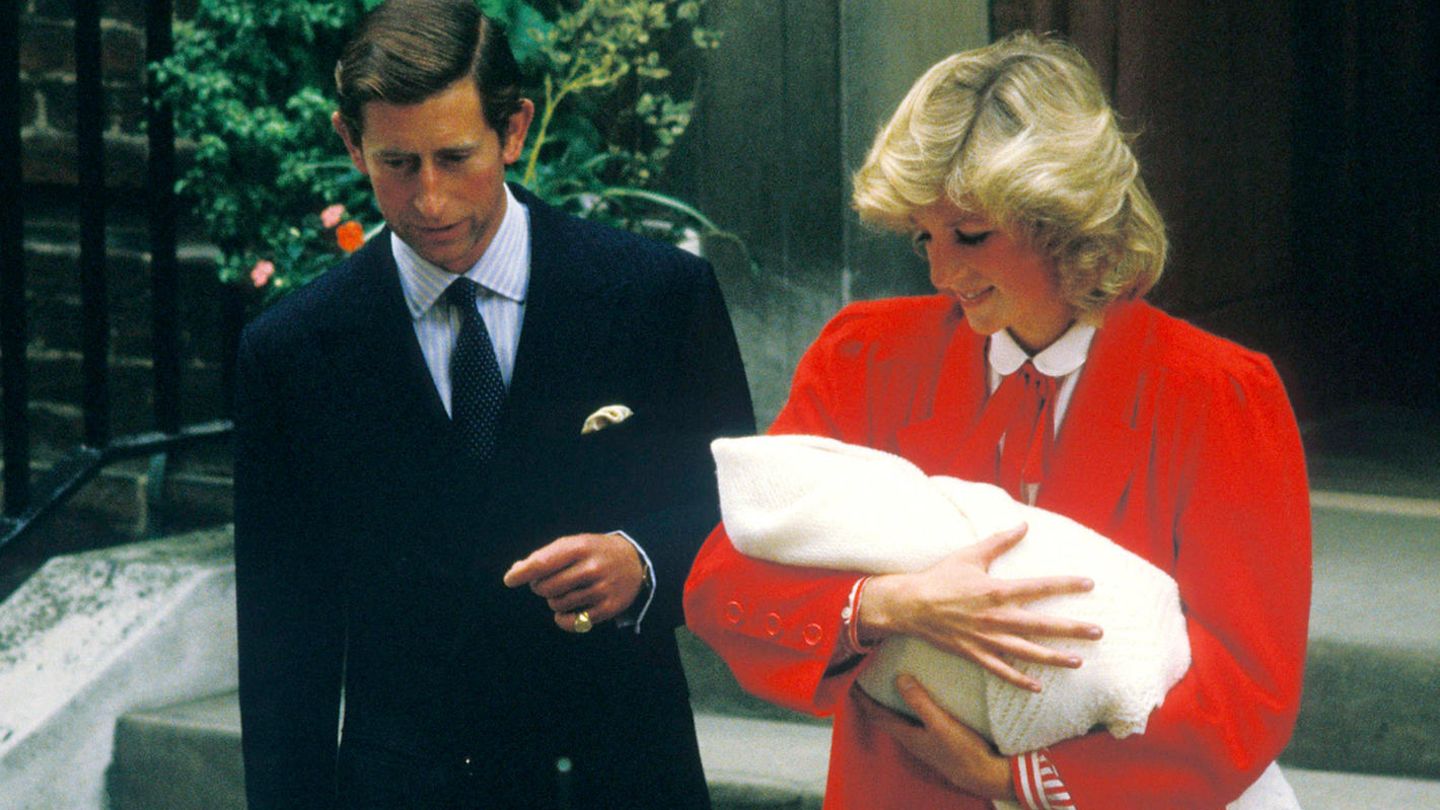
On September 15, 1984, Prince Henry Charles Albert David, better known as Prince Harry, was born in London as the second child of the then Prince Charles and Princess Diana. As per royal tradition, Diana posed with her newborn on the steps of the Lindo Wing of St. Mary’s in London shortly after giving birth’s hospital. At the time, no one suspected that Prince Harry would break this tradition together with his future wife Meghan 35 years later
© Capital Pictures / Imago Images
Back
Further
The French turned bottle fermentation into an art form, which is why French sparkling wine is still considered the finest drink in the world today – and can only be called that if it was actually made with grapes from Champagne. Producers from other countries or from other regions of France must use the names Sekt, Crémant or Sparkling Wine.
Edward VII – The gentleman connoisseur
One of the most prominent British champagne lovers in the Belle Epoque period at the end of the 19th century was Edward, Prince of Wales, later Edward VII, the charming bon vivant on the British throne from 1901 after the death of his mother, Queen Victoria. Because of the British-French agreement “Entente Cordiale” that he successfully brokered, he left his mark on the homeland of champagne not only politically, but also culinary and oenologically.
“Bertie,” as he was known in the royal family, was the opposite of his Puritan father, Victoria’s Prince Consort Albert. The heir to the throne loved life and enjoyed it to the fullest: opulent banquets, preferably in the company of one of his numerous mistresses (among them Queen Camilla’s great-grandmother Alice Keppel), extensive country trips with hour-long dinner parties, and of course there was always champagne flowing freely – preferably out the Pommery house. Bertie’s personal acquaintance with Louise Pommery, the company’s CEO at the time, shaped the champagne drinking culture.
Because he insisted that the fine sparkling water was no longer served at room temperature, as was usual at the time, but much cooler – around 8 to 10 degrees Celsius. His preference for a drier taste, away from the sweet style that had been in vogue until then, influenced the development of Brut Champagnes with very reduced added sugar in the second phase of fermentation, the “dosage”. You could say: Edward VII’s influence revolutionized the way we still drink champagne today.
From number girl to duchess: This is how Meghan has changed over the years
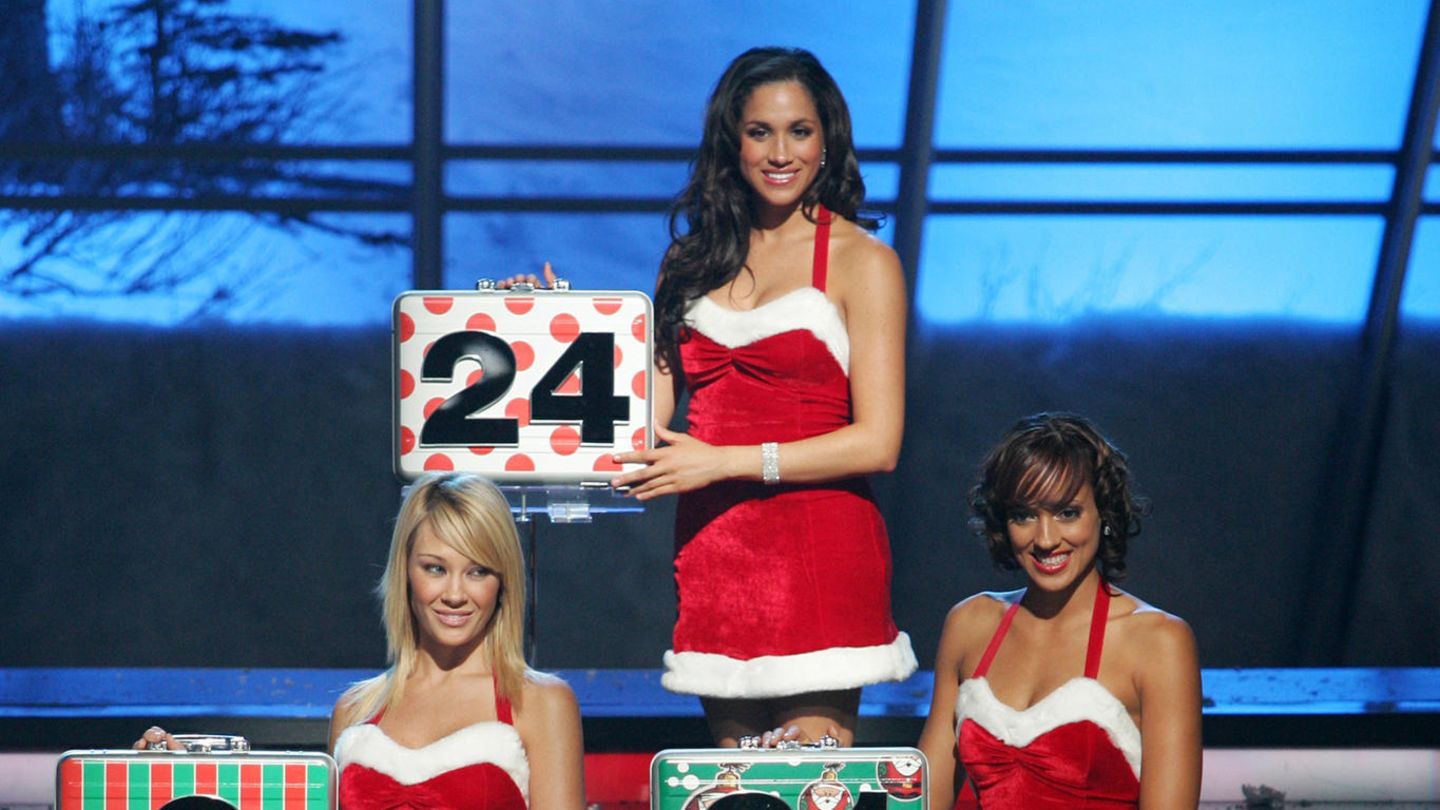
Before Meghan Markle got a taste of Hollywood air and later became a duchess, she had to start small on TV in 2006: as a number girl on the game show “Deal or No Deal”. An experience she later looked back on with mixed feelings. “I was grateful for the job, but not for how it made me feel. Namely… not smart. By the way, I was surrounded by smart women who were on stage with me,” she said on an episode of her podcast “Archetypes”. “But that wasn’t the reason we were there. And at the end I went home with a sinking feeling in my stomach because I knew I was so much more than what was being objectified on stage.”
© NBC/Getty Images
Back
Further
Royal favorites: Bollinger and Co.
Unlike her great-grandfather, the late Queen Elizabeth II was moderate in her eating and drinking habits. But she also appreciated a good glass of champagne, be it to toast on big occasions or in a small circle with family and friends, after a fulfilling day of vacation in her beloved Scottish country estate Balmoral.
Although several champagne houses have been purveyors to the Windsors over the years – including Krug, Pol Roger and Moët & Chandon – to this day it is primarily Bollinger that is often served at private and official occasions in the royal family. Bollinger is an integral part of the royal drink selection, especially at state banquets. Just recently, King Charles III. The Bollinger brand, but also its competitors Louis Roederer, Moët & Chandon, Pol Roger and Veuve Cliquot, were once again granted the status of purveyor to the court.
He also appreciates a glass of champagne every now and then, but in his private life he is actually better known for his love of classic drinks like martinis. As a nightcap before going to bed, he often orders this classic cocktail from the house staff, as a former servant once revealed. When traveling, the style-conscious Charles even carries his own coat-of-arms embossed cocktail glass with him in his luggage, and according to court gossip, he only ever appoints personal assistants, called equerries, who are also good at mixing martinis.
But he and his wife Camilla will definitely have a bottle of bubbly on their table on New Year’s Eve this year, after what has been such a challenging year for the Windsors in 2024.
Source: Stern
I am an author and journalist who has worked in the entertainment industry for over a decade. I currently work as a news editor at a major news website, and my focus is on covering the latest trends in entertainment. I also write occasional pieces for other outlets, and have authored two books about the entertainment industry.

